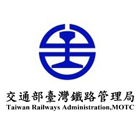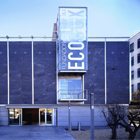Research Institute on Transportation, Energy and Society (IRTES)
Research Institute on Transportation, Energy and Society (IRTES) of the University of Technology of Belfort-Montbéliard (UTBM) includes several complementary research teams. Our team works on Energy Conversion and Control (CCE team).









